Conflict and Negotiation Analysis: Leadership Management Case Study
VerifiedAdded on 2023/02/06
|15
|661
|43
Case Study
AI Summary
This case study examines the conflict between Laura and Tim, focusing on the application of conflict resolution and negotiation techniques within a leadership management context. The assignment begins with a general overview of conflict and negotiation, explaining various approaches such as distributive and integrative bargaining. It then analyses a specific scenario involving a workplace conflict. The case study applies the Thomas-Kilmann Conflict Mode to the conflict, exploring the use of interest-based approaches and the negotiation of power dynamics. Furthermore, it assesses the role of a third-party negotiator, specifically an ombudsman, in resolving the dispute. The analysis underscores the importance of managing conflicts effectively to maintain a productive work environment, promote employee retention, and foster a positive organizational culture. The assignment also includes relevant references to support the analysis and findings.
1 out of 15
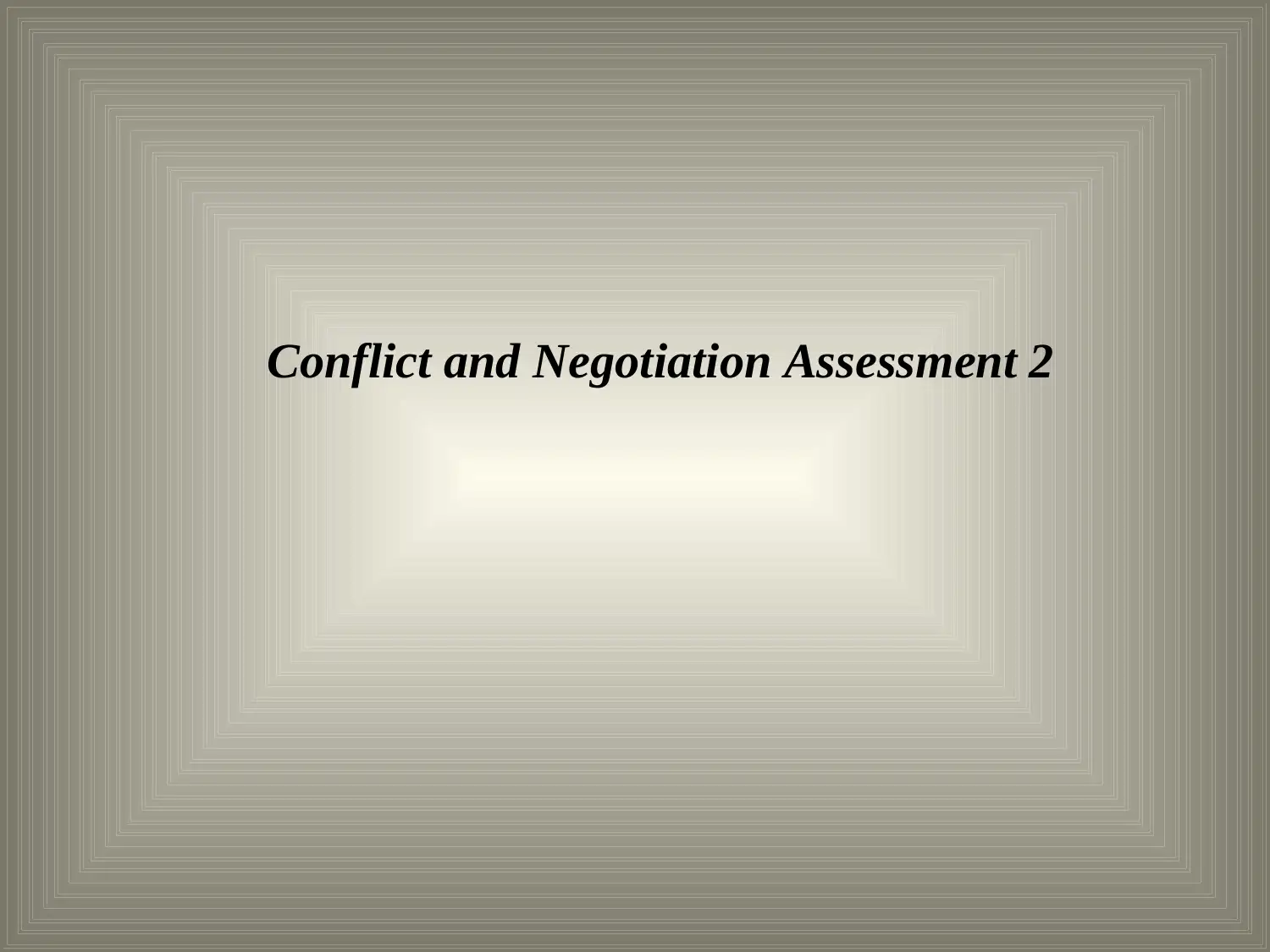

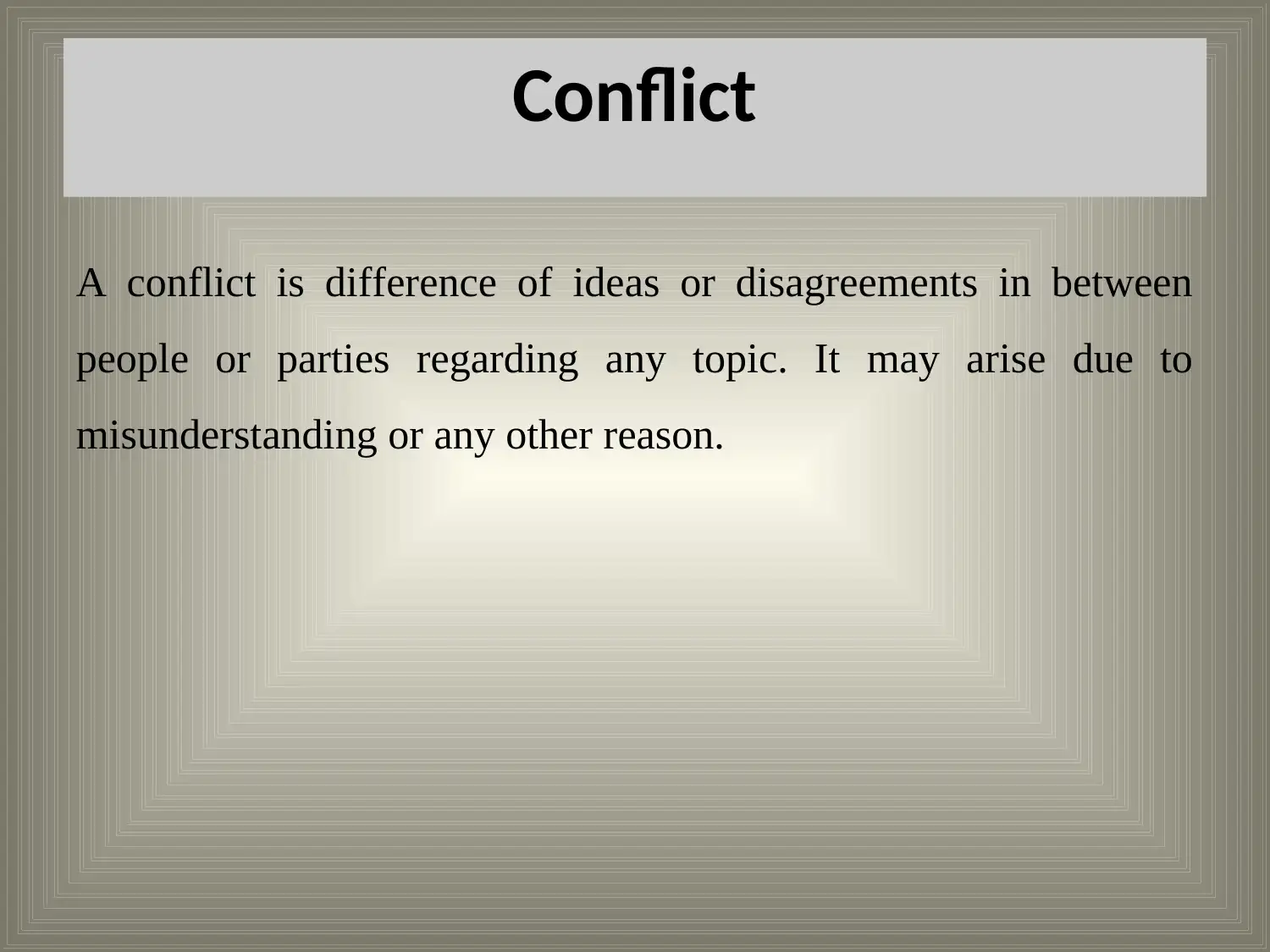

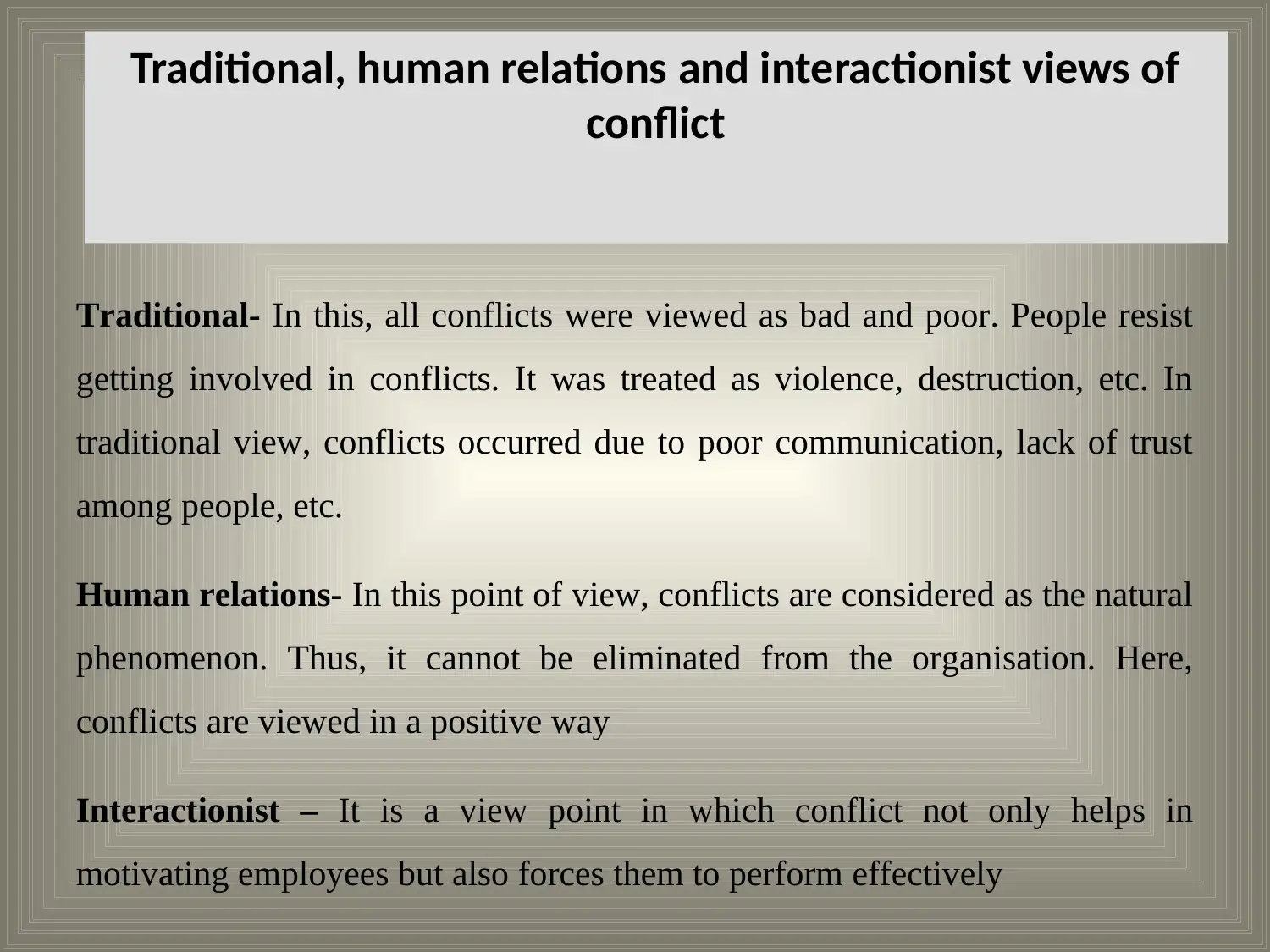

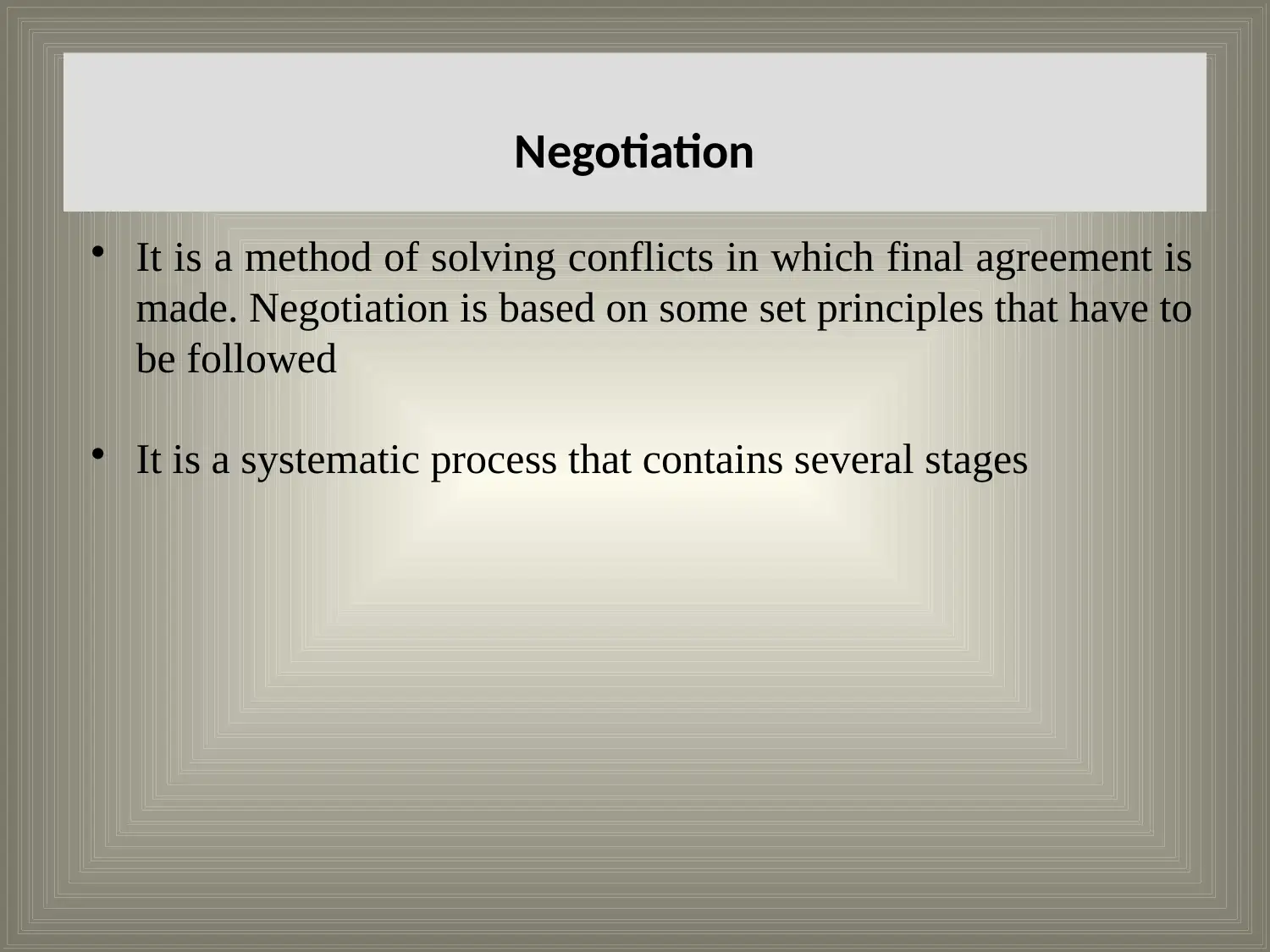

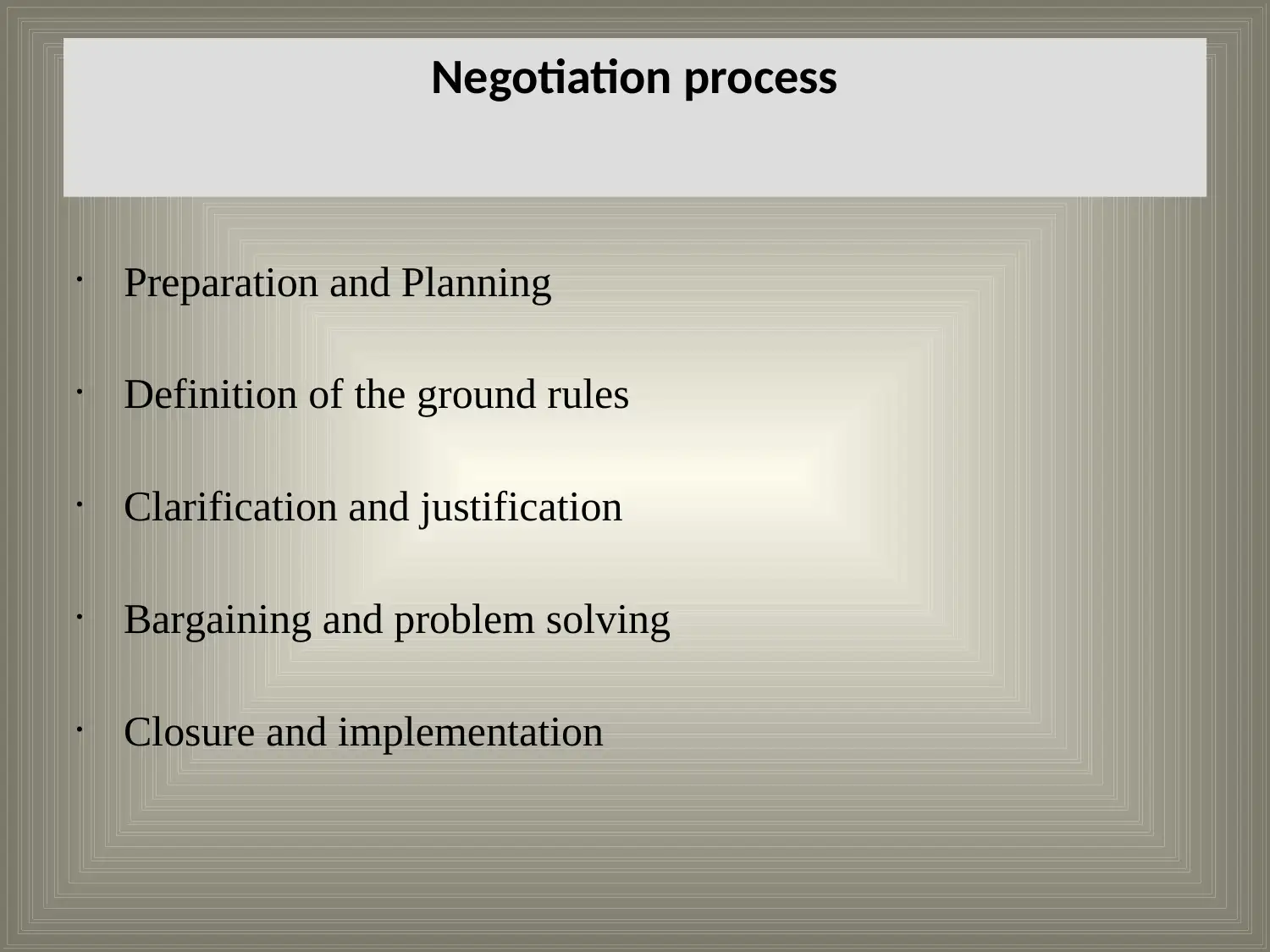

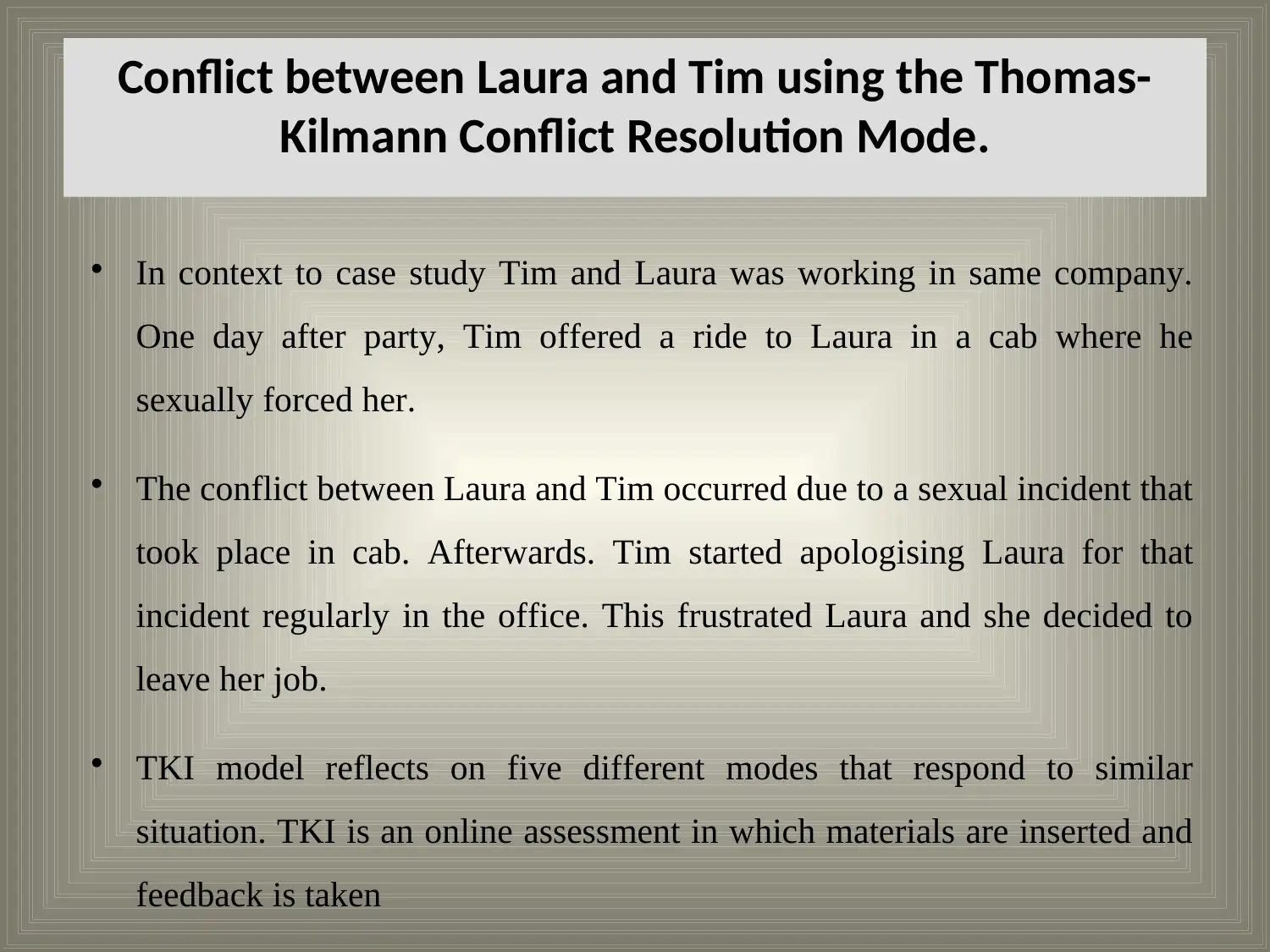
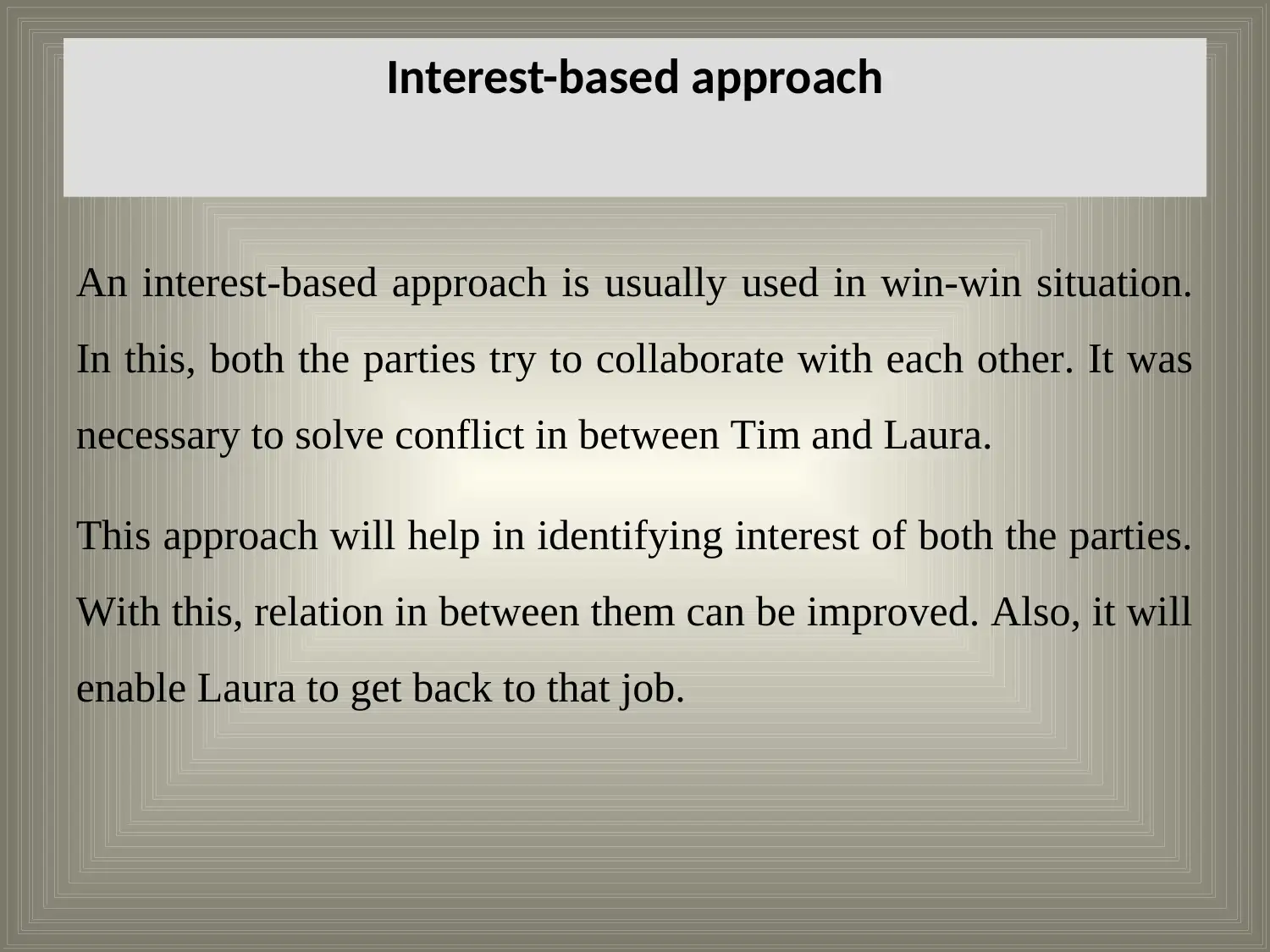
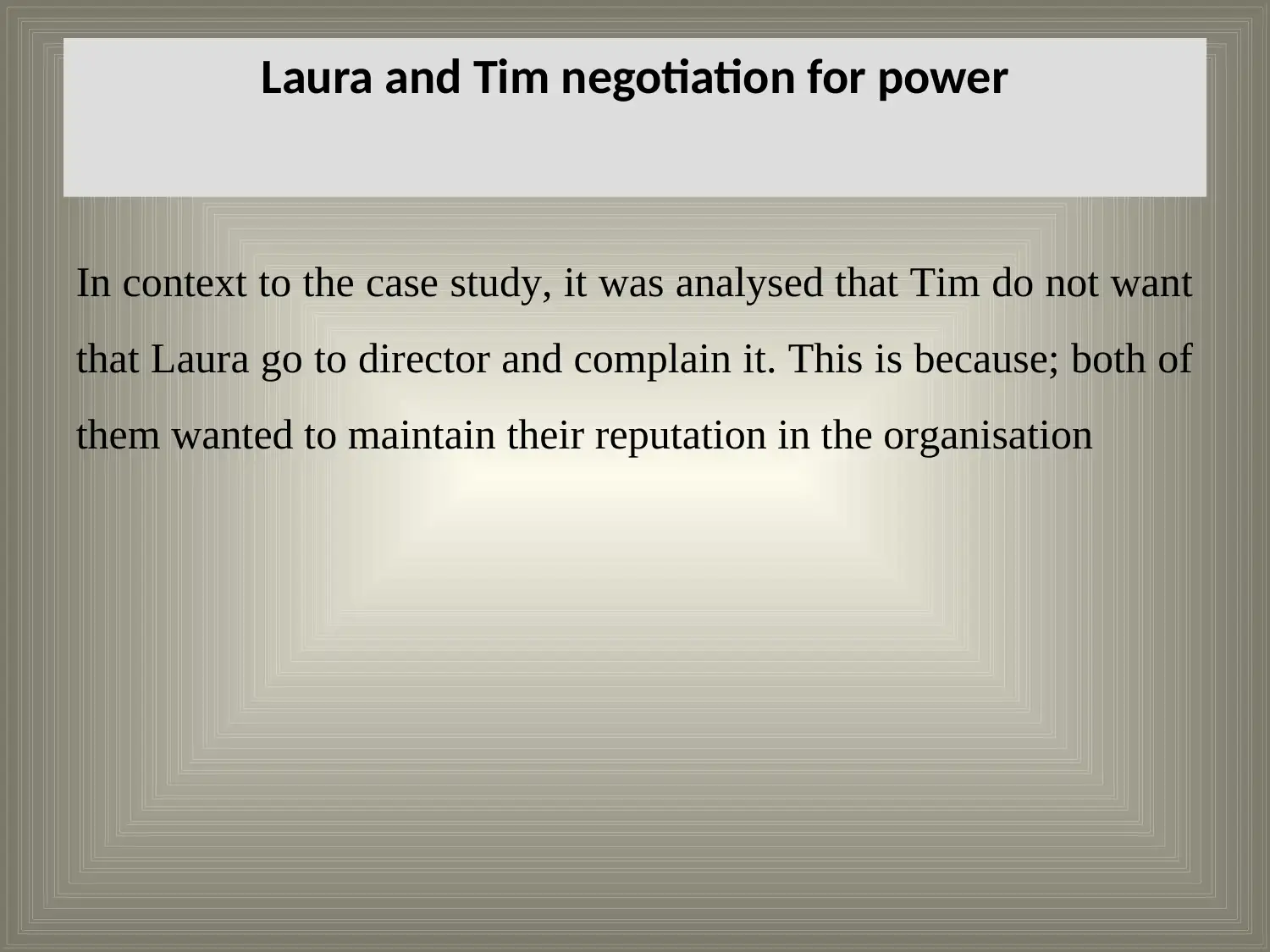


![[object Object]](/_next/static/media/star-bottom.7253800d.svg)